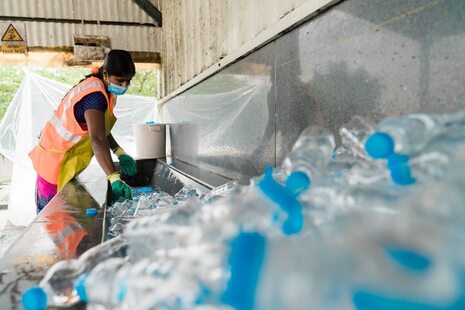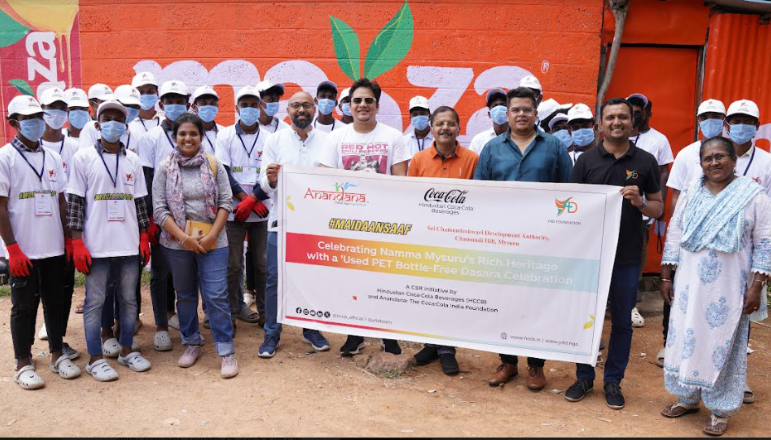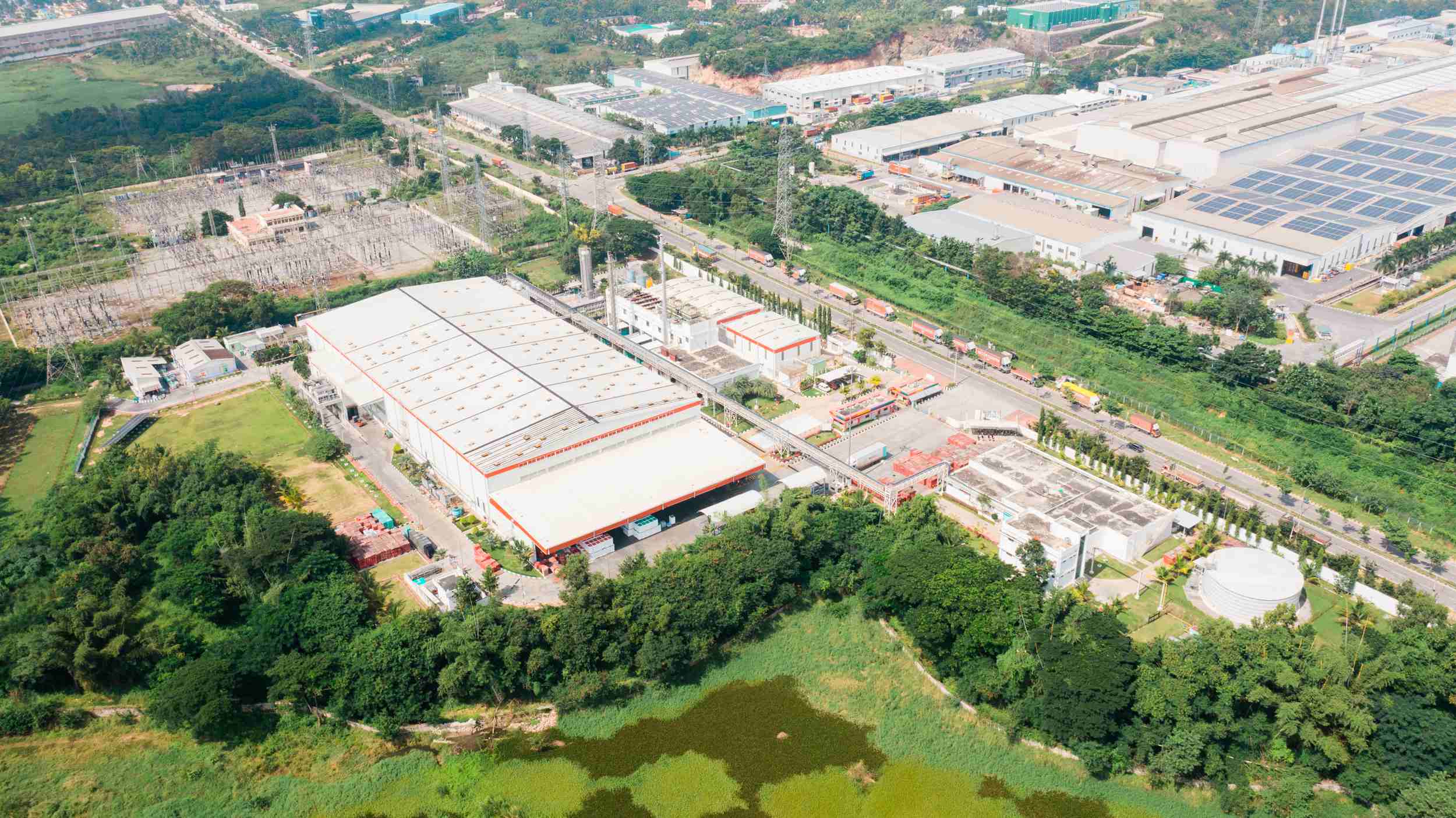From raw material procurement to waste and emissions reduction, we adopt a holistic approach to environmental
sustainability, safeguarding our planet and securing a brighter future.
0
1
Water Stewardship
We're 100% water-positive, underlining our commitment to balance and enriching the water ecosystem.
0
2
Plastic Waste Management
With a resolute commitment to a cleaner world, we ensure that we are EPR positive, transforming plastic waste into a resource and steering towards a zero-waste environment.
0
3
Renewable & Clean Energy
Advancing green energy, we've integrated renewable energy across our factories, marking significant strides towards reducing our carbon footprint for a sustainable tomorrow.










